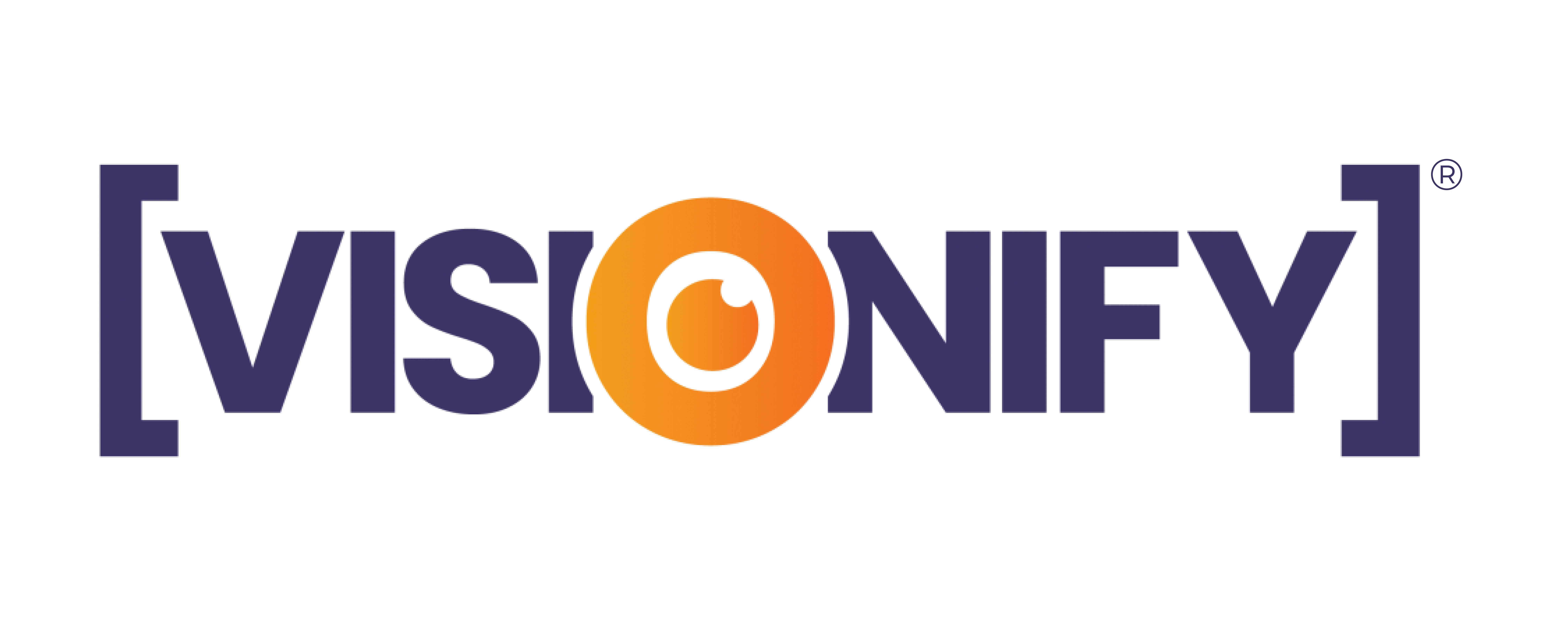
The Document Parsing algorithm breaks up a document into its most extensive constituents, typically sentences and clauses. The initial step is usually to convert the sentences of the source text into their stem format called the Sentence Graph. Document parsing also includes tokenization. Where the original sentences broke down into word stems and punctuation. In this blog, we explain the Top 7 algorithms for Document Parsing.
CYK Algorithm
The CYK Algorithm is an algorithm for parsing context-free grammars (CFG). Used to decide whether a given CFG string belongs to a given language or not. The CFG describes language, and the algorithm checks whether a string S satisfies the conditions specified in the CFG.
It finds N most likely context-free grammars for a set of sentences S. Relies on the principle that it is unlikely that more than one relatively short grammar. It will be consistent with a given sentence. Especially, CYK Algorithm employs a dynamic programming test to predict if a string is in a grammar language or not.
Earley’s Algorithm
Earley’s algorithm is a top-down parser that operates on context-free grammars. It Designed to solve a practical parsing problem known as the shift-reduce problem. In comparison, it retains the simplicity and efficiency of LL parsers.
It is a top-down algorithm for generating a left-deep, acyclic constituent parse tree from a formal sentence description. It is one of the challenging and efficient parsing algorithms. Produced to date and has been applied successfully to such tasks as. Sentence identification, text classification, machine translation, and statistical part-of-speech tagging.
Generally, It used the chart for parsing and implemented as a dynamic program relying on solving simpler sub-problems. Similarly, the purpose of the algorithm is to decide whether a given grammar generates a given text.
LL Parsing Algorithm
The LL Parsing Algorithm (LL stands for Left-to-right, Leftmost derivation) is the simplest of all parsers. It is lucid to implement compared with other parsing algorithms. This method is for creating a parser for a specific language. The parser employs a set of hand-written rules for recognizing the various tokens in a given programming language.
LR Parsing Algorithm
LR Parsing Algorithm is a bottom-up parsing algorithm that has become practical, simple, and efficient. Since the inception of computer languages. LR parsing has remained a standard algorithm in contemporary programming language designs. Especially for parsers implemented as compiler components or used with general-purpose programming languages.
Packrat Parsing Algorithm
It is a method for creating linear-time parsers for Top-Down Parsing Language grammars. It stores the entire set of production rules and uses them to generate the leftmost derivation. Instead of the standard LR(k) algorithm, which produces the LALR parse table. As a result, it finds the best parsing of a given sentence.
It is implemented in practice as part of a wider workbench or toolkit rather than in isolation. A primary benefit is that it can handle left-recursive grammars without backtracking. It explains that it will not produce left-factoring during the parse phase, requiring additional right factoring at run-time for proper evaluation.
Parser Combinator
The Parser Combinator takes in parser functions and outputs a new parser function. It plays an outstanding role in designing a parser by integrating simple Look-ahead Parsing.
It is well suited for creating complex and fast text parsers. Moreover, it can handle context-free and context-sensitive grammars. The basic rule using parser-combinator is to generate code by implementing grammar rules instead of writing parser directly in any other programming language.
Pratt Parsing Algorithm
Generally, Pratt algorithm allows you to create a “general-purpose parser”. Into which you can plug in all of the parser rules you’ll need for your language. It’s a top-down, general-purpose parser.
It can be programmed using any programming language. Capable of numerical computations but implemented in Prolog or Lisp every time. The algorithm works by recursion until it reaches the terminal markers (tokens). At which point it sorts its list of non-terminals. And creates new derivation trees from each non-terminal by attaching rules to the terminals as children.
Conclusion
The Document Parsing approach is fast and implemented without sophisticated programming skills. It is also open-source. Above all, Document Parsing Algorithms can effectively separate text and make texts suitable for further transformation. Thus, if you want to make a pile of text data scraping some information. Document Parsing Algorithms can efficiently help you solve the problem.
Visionify has a clear edge in providing Document Parsing Services. Their long expertise gives them an unparalleled capability to analyze and structure existing Documents. Get in touch with us for a Live Demo of our Document Parsing Solutions.

